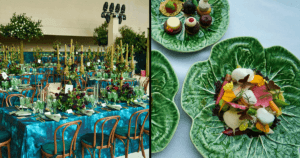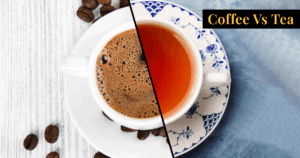Indian food is known for its elaborate use of spices, a complete hodgepodge of all the ingredients, where no one ingredient shines through. And only recently have the West become fully aware and more accepting towards our curry culture. Scientists decided to put the Indian cuisine under the microscope to unlock the secret behind the radical flavour that Indian food gives out.
Researchers at IIT Jodhpur decided to source thousands of Indian recipes and study their ingredients individually. They were looking for the taste compounds in each of the ingredients, and what made Indian food taste like it did.
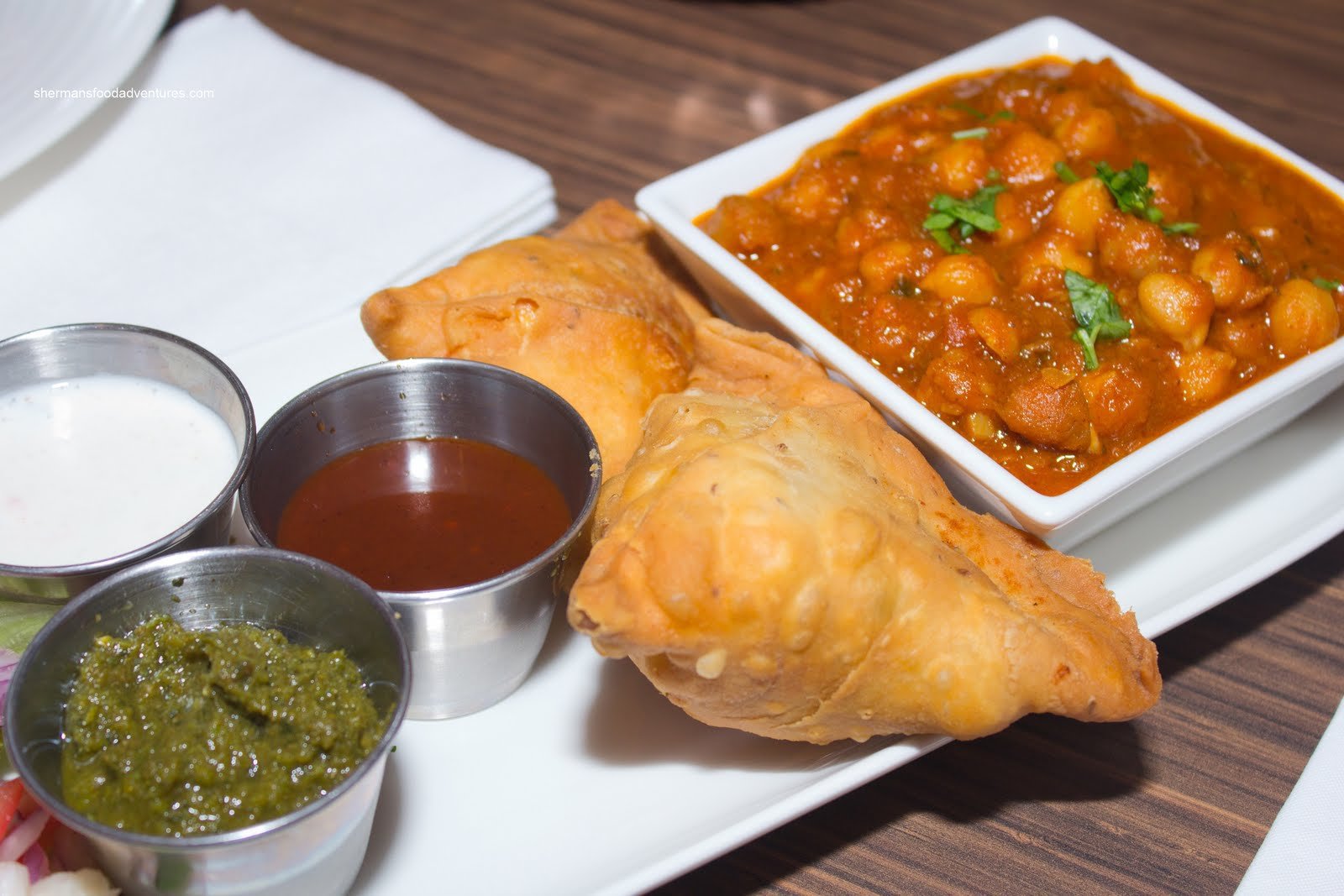
What are ‘Flavour Compounds?’
Here’s an easy way to understand about how they went about their job. They broke down a theoretical dish into its ingredients like recipe ‘R’ with 4 ingredients can be represented as:

Each of the ingredients had their own flavor compounds, and plotted a Venn Diagram about how much of their tastes overlapped. For instance, onions and coconuts while different ingredients had some overlapping taste as represented as follows:
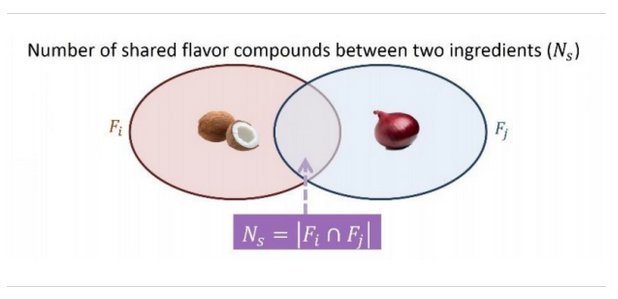
So, scientifically speaking, what makes Indian food so yummy?
The researchers followed the same procedure for thousands of recipes which contained more than 200 ingredients. So what did they come up with? They found for the Indian cuisine – the ingredients that overlapped in taste compounds were rarely used together in the same dish. What gives Indian food that ‘hit’ to the palate – is what these researchers were calling as far flung ingredients being fused together in one dish. This ritual is much opposed to the Western cuisines where ingredients with overlapping taste compounds are the norm.
And what can the world learn from our cuisine?
What the Indian cuisine can teach the chefs is the bold pairing of ingredients, which might not be a perfect science, however, it works like magic in a lot of cases. If you’re still not convinced, we should go out for Tandoori Chicken!
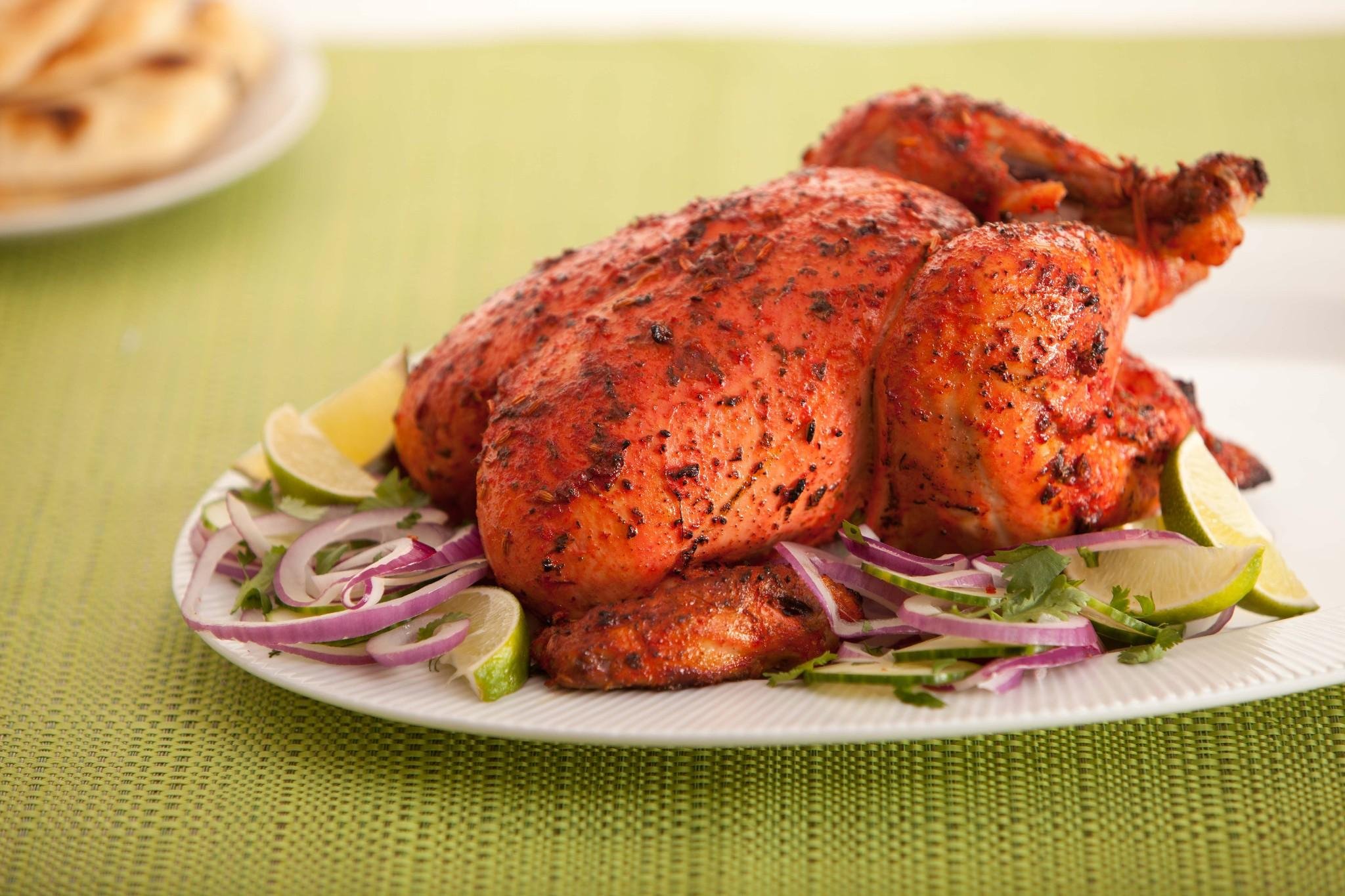
Read the complete article here .




